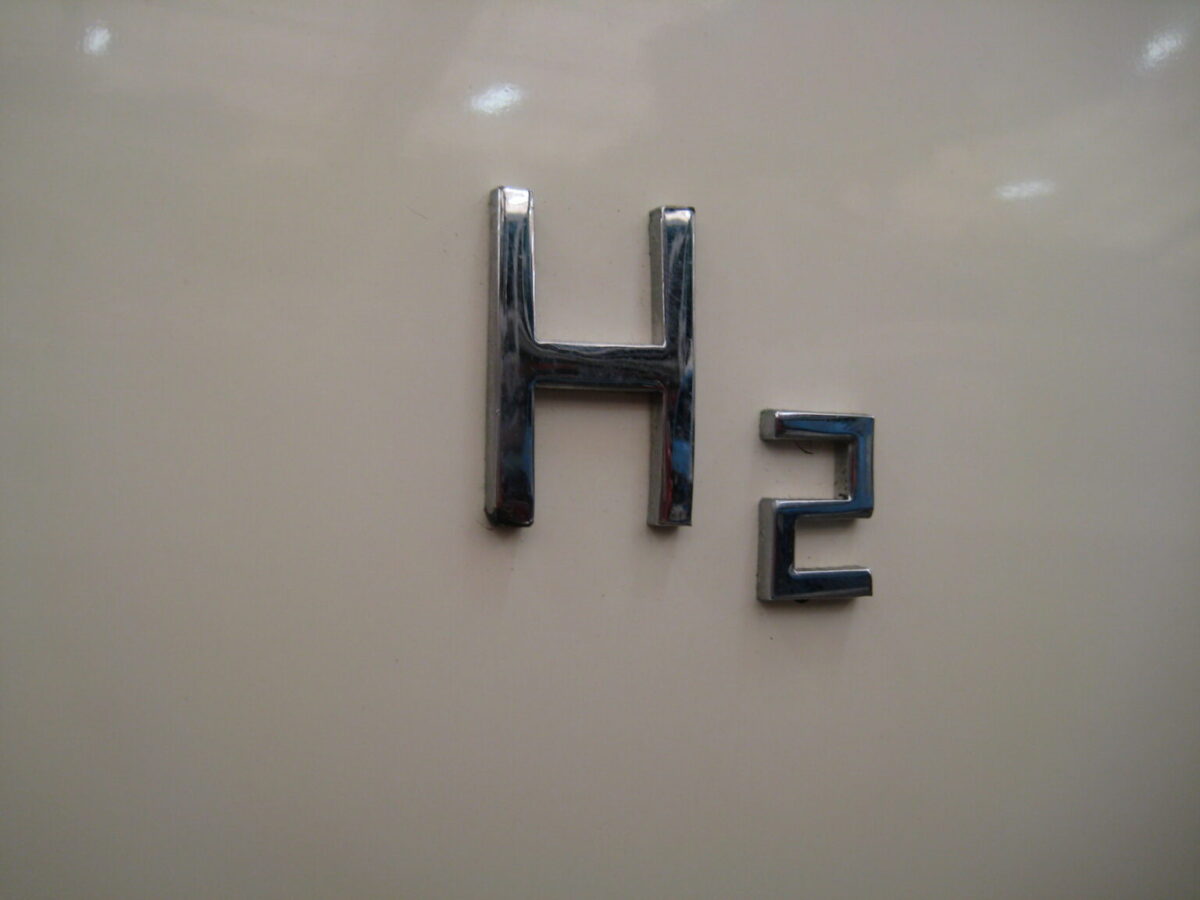From pv magazine Global
The German government has approved an update to the National Hydrogen Strategy, doubling the 2030 target for domestic electrolyzer capacity to 10 GW. By 2030, imports will cover 50% to 70% of the country’s expected hydrogen demand of 95 TWh to 130 TWh. Hydrogen applications will be established in all sectors, and a hydrogen start-up network with over 1,800 kilometers of converted and new hydrogen lines is expected by 2027-28. The German Renewable Energy Federation (BEE) said it wants a stronger focus on domestic potential for green hydrogen production, as the government’s strategy mainly targets imports, including blue hydrogen, which has higher emissions and costs.
BloombergNEF has reported that the levelized cost of hydrogen (LCOH2) has increased slightly this year due to inflation and higher financing costs. However, it says that green hydrogen (H2) will become competitive with existing gray H2 plants operating at marginal cost in five markets by 2030. The analysts say that green hydrogen will be cheaper than new blue H2 by 2028 using Chinese alkaline electrolyzers and by 2033 using Western alkaline electrolyzers, undercutting blue H2 by one to three years earlier in all modeled markets.
Inner Mongolia University researchers have reported that the Klebsiella pneumoniae Y7-3 strain, isolated from sheep rumen, can directly produce high-yield hydrogen using inexpensive straw as a raw material. The strain increased hydrogen production by 15.03% compared to the control group using corn stalk and yeast powder. The researchers published their findings in Energy, stating that anaerobic fermentation with 50 g L−1 of corn straw as the carbon source could produce 1253.72 ± 55.67 mL/L of hydrogen in 24 hours. The addition of regulatory factors such as FeSO4 (30 mg/L), NiCl2 (70 mg/L), or formic acid (5 g L−1) further improved hydrogen production by 25.72%, 17.89%, or 331.07%, respectively.
GreenH Electrolysis, a joint venture between Spain’s H2B2 Electrolysis Technologies and India’s GR Group, has started building its first 1 GW proton exchange membrane (PEM) electrolyzer factory in India. The plant will start production by October and will have an initial production capacity of 100 MW.
Levidian and United Utilities have teamed up to use sewage biogas in Manchester, England, to produce graphene and hydrogen. “The government-funded collaboration is a first for the UK water industry and will see Levidian’s innovative LOOP technology used to decarbonize biogas created within the wastewater treatment process,” said Levidian. The agreement follows a successful feasibility study. It will serve as the first demonstration of a LOOP100 system. The project has been awarded GBP 3 million (€3,49 million) of funding from the UK Department of Energy Security and Net Zero Hydrogen BECCS Innovation Programme.
This content is protected by copyright and may not be reused. If you want to cooperate with us and would like to reuse some of our content, please contact: editors@pv-magazine.com.








By submitting this form you agree to pv magazine using your data for the purposes of publishing your comment.
Your personal data will only be disclosed or otherwise transmitted to third parties for the purposes of spam filtering or if this is necessary for technical maintenance of the website. Any other transfer to third parties will not take place unless this is justified on the basis of applicable data protection regulations or if pv magazine is legally obliged to do so.
You may revoke this consent at any time with effect for the future, in which case your personal data will be deleted immediately. Otherwise, your data will be deleted if pv magazine has processed your request or the purpose of data storage is fulfilled.
Further information on data privacy can be found in our Data Protection Policy.